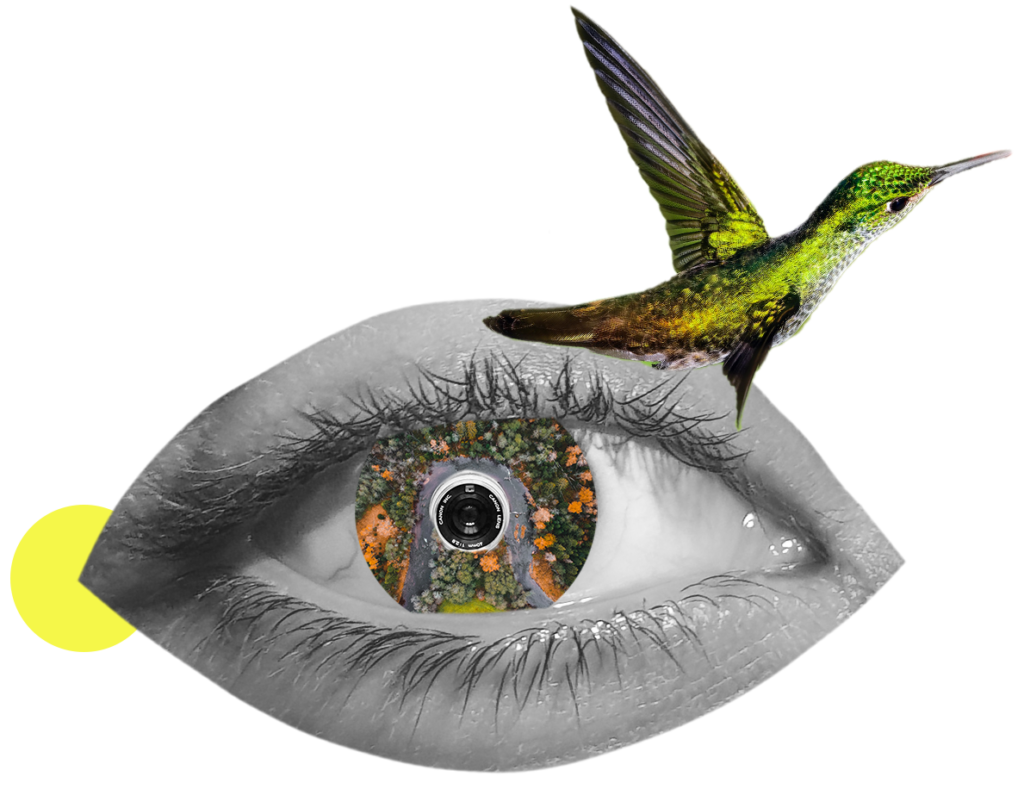Designing Huse – an App for creatives to capture & organize inspiration
CLIENT
Personal Project
ROLE
UX/UI Design
User Research
Branding
Wireframes & Prototyping
Studio
Samza Studio
Project Overview
ABOUT THE PROBLEM
Creatives often take quick photos of things that inspire them, but these images get lost in their phone gallery, making them hard to retrieve when needed. Over time, these unorganized photos accumulate, leading to a lack of use and accessibility.
HUSE – THE SOLUTION
A mobile app that allows users to capture and organize inspirational photos into moodboards categorized by themes.
- Only allows real-time photos (no uploads from the gallery) to maintain an authentic experience.
- Encourages daily creativity by prompting users to take and categorize one inspirational photo per day.
- Moodboards can be shared or kept private for personal reference.
WHAT I LEARNED
User Testing is Crucial – Each iteration improved usability and revealed unexpected pain points.
Iteration Drives Perfection – The more feedback collected, the better the design decisions.
Understanding the Problem First – A clear problem statement made translating concepts into visuals and functionality much easier.
Design process
1. User Research & Problem Definition
I conducted interviews and surveys with creatives to understand their frustrations with saving and retrieving inspiration. Common themes included:
- Difficulty finding old inspiration photos in their camera roll.
- Lack of organization tools designed for spontaneous creative reference.
- Desire for a system that integrates inspiration seamlessly into their workflow.
Target Users
- Creative professionals – Designers, artists, architects, and creators who seek visual references for their work.
- Tech-savvy individuals – Comfortable using digital tools for research and organization.
- Photo enthusiasts – Frequently take photos of their surroundings for inspiration.
- Trend-aware individuals – Stay updated through social media, blogs, and digital platforms.
First iteration
2. Ideation & Wireframing
Based on user insights, I sketched low-fidelity wireframes to visualize the app’s main features, including:
- Moodboard creation system for categorizing inspiration.
- Full-screen photo capture & publishing workflow for an immersive experience.
- Navigation system using a Tab Bar to streamline movement between sections.
I created a paper prototype to test the app’s functionality and navigation. Users were given specific tasks, and their behavior was observed.
- Task List for Testing:
- Task 1: Find a post related to the sky
- Task 2: Take a photo, add a sticker or text, and publish it to a moodboard
- Task 3: Send a message to a friend
- Task 4: Share a post with a friend
- Task 5: Check the number of followers
Product development
3. Mid-fidelity prototype & Navigation System
After refining the design based on user feedback, I developed a mid-fidelity prototype, improving the navigation flow and testing user interactions.
Key Design Choices:
- Tab Bar Navigation – Ensures quick access to five core sections.
- Full-screen capture Mode – Keeps users focused on taking and categorizing photos.
- App Bar Top – Provides an intuitive way to exit the camera or adjust settings.
With the core functionality in place, I developed Huse’s brand identity and component library, ensuring a cohesive, scalable design system.
- Brand Development:
- Logo & Visual Identity – Created a modern, minimalistic logo that reflects creativity and spontaneity.
- Color Palette – Selected a balanced mix of vibrant and neutral colors to keep the interface inspiring but not distracting.
- Typography System – Chose clear, readable fonts with a creative edge.
- Iconography – Designed custom icons for moodboards, messaging, and navigation.
- Component Library:
- Buttons – Primary, secondary, and floating action buttons.
- Menus & Inputs – Designed seamless UI interactions.
- Board Elements – Created interactive moodboard tiles and categorization tags.
Final product
4. High-Fidelity Prototype on Figma
I integrated user feedback, branding, and design elements into a fully functional high-fidelity prototype using Figma.
- Finalized UI with all brand components
- Refined interactions & transitions
- Enhanced accessibility & usability
Impact
Next Steps
- Explore AI-driven tagging for easier retrieval of past inspiration.
- Introduce collaboration features for shared moodboards and creative communities.
